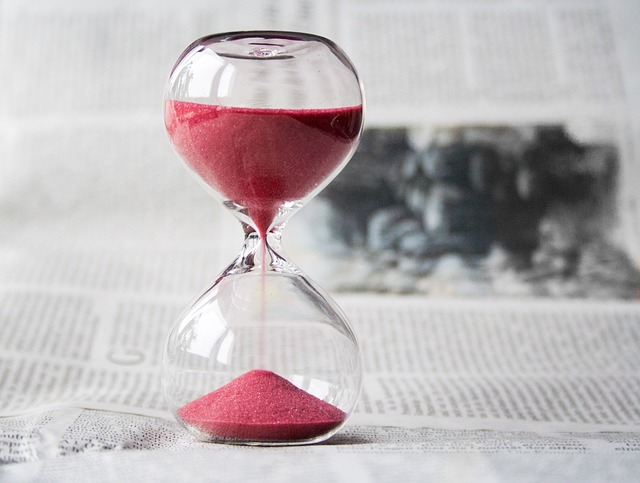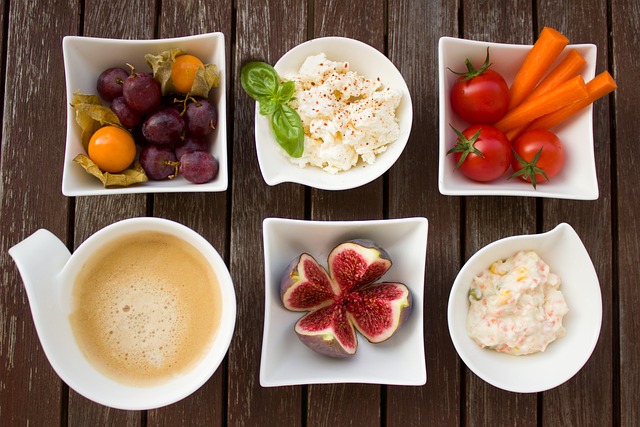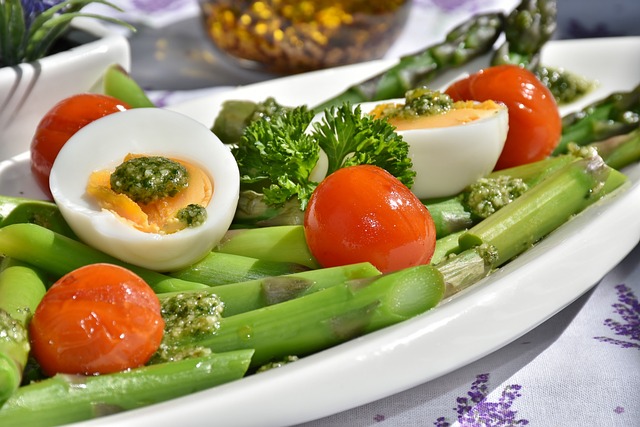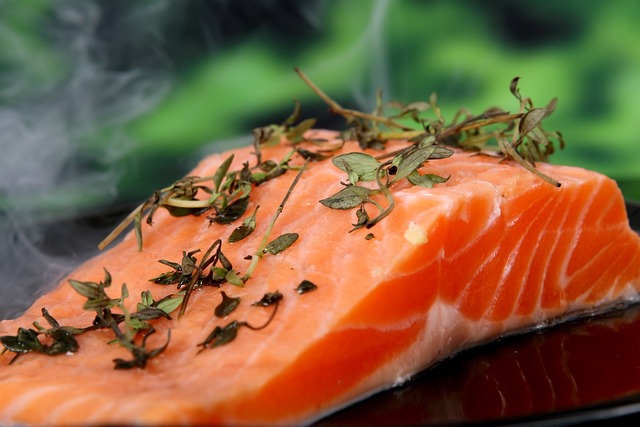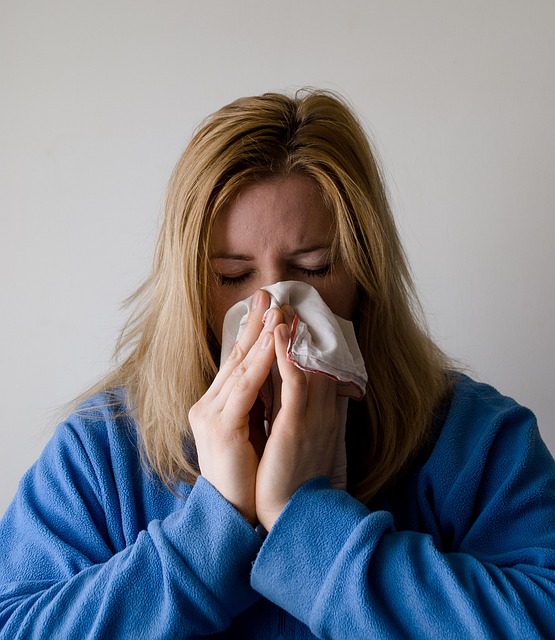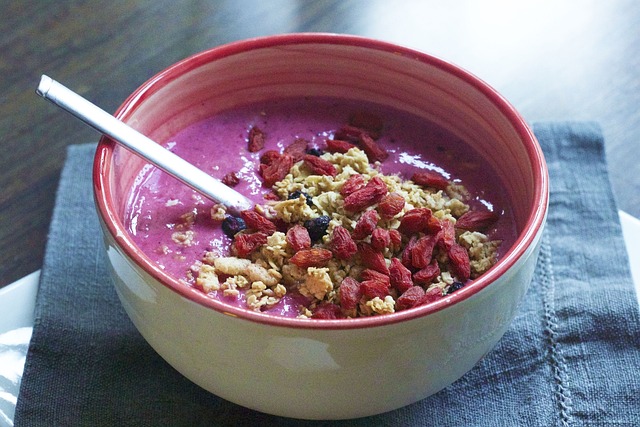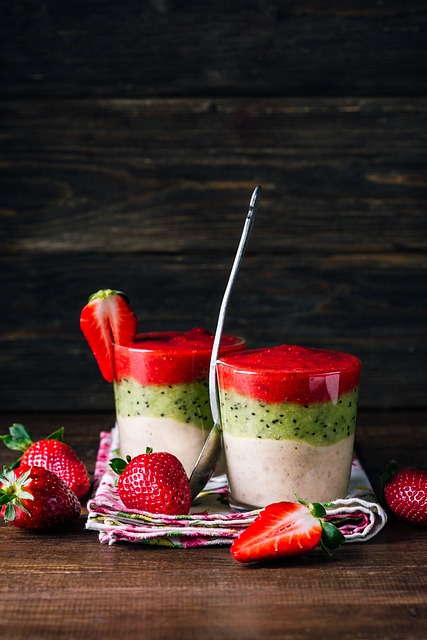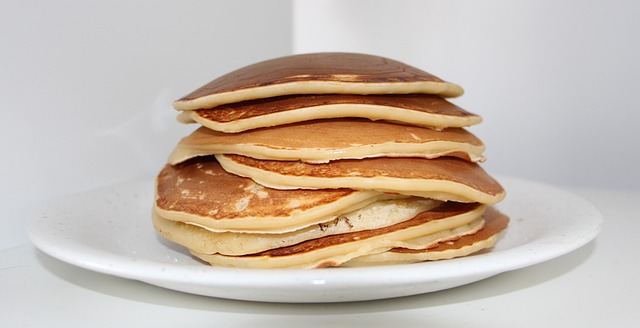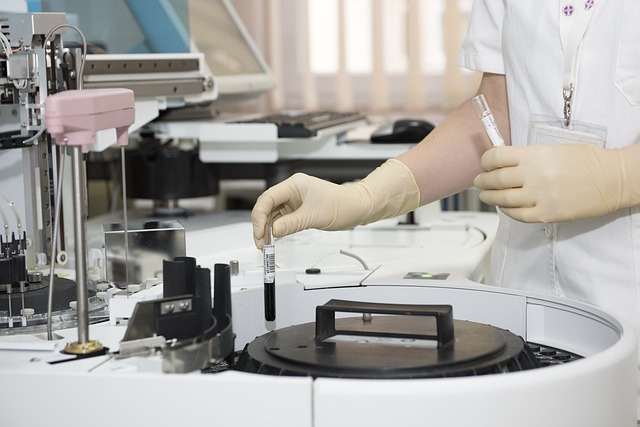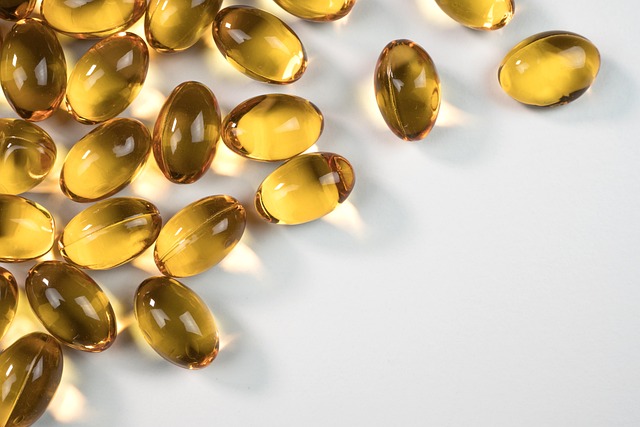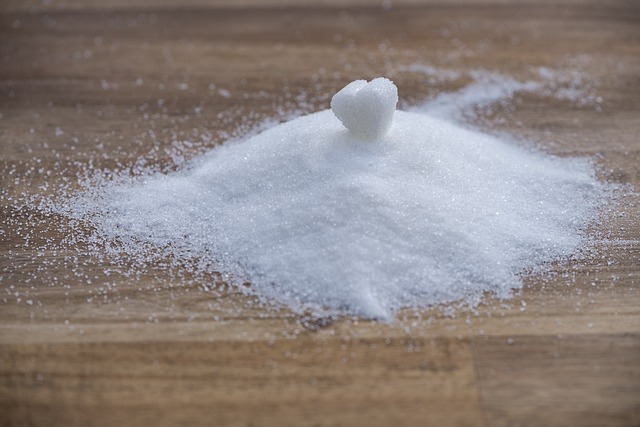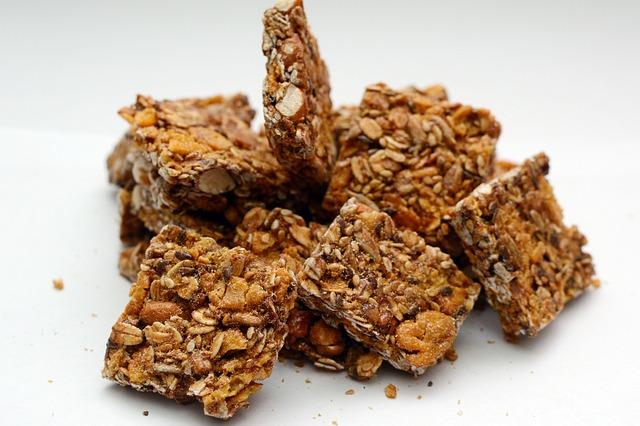
Healthy Snacks: Are They Good for Your Gut?
Strangely enough, it’s not so much the food we’re eating which might be damaging our health, but our eating habits. Snacking (yes, even if you’re only having healthy snacks) is one of those habits which might not, it seems, be especially great for our gut health. Read on to discover why, and how you can stop snacking if you’re currently a grazer.
I wouldn’t mind betting that this will leave you scratching your head. It’s confusing isn’t it? We’ve been advised in recent years that ‘little and often’ is the way to go with eating. That ‘five small meals’ are better for us than ‘two or three large ones’ each day.
Recently we’d been advised that if we ate less, but more regularly, it would help to balance our metabolism. Not only that but it would stabilise our energy and stop us getting ‘hangry’. It seemed a much more sensible approach, so what’s the problem then?
Snacking: A brief history
Before we get to the problem with our digestion, it helps to first look at this from a historical perspective. Until recently snacking wasn’t a thing – people had three square meals each day and that was it. Fast forward to the 1980s and the snack, processed and fast-food culture started to get a stranglehold. At this point we start to see the appearance of microwave ready meals, low-fat products and increasing numbers of highly processed foods.
Along with it, the snack market starts to explode.
And it’s not just salty and sugary snacks I’m talking about. There are plenty of healthy snacks on the market too. It’s not to say that these products don’t have a place, they absolutely do – it’s great to have something to grab to tide you over every now and again. But it really shouldn’t be a regular thing.
Here’s the problem with your gut, even if you’re snacking on healthy snacks –
When we snack we’re constantly filling our digestive systems with food and not allowing time for it to rest, heal and have a spring clean. The process of digestion is very complex, with lots of intricate signalling going on. If we’re continually eating we’re in danger of these signalling processes being messed up.
The migrating motor complex (MMC)
You can think of your migrating motor complex as your digestive system’s housekeeping process. It’s the reaction that kicks in about 3-4 hours after you’ve finished digesting, and is a series of muscle contractions that sweeps through your gut, giving it a good clear out. This series of peristaltic contractions clears out any undigested food that remains in the digestive tract, preventing it from sitting around for too long. If food stays in the gut it can start to ferment and cause bloating, gas, constipation and dysbiosis.
It’s not just snacking that can cause the MMC to not kick in – stress and anxiety can have the same effect. You can read more on that here.
Ensuring you’re eating a diverse diet, which also leaves you feeling nice and full so you can avoid the urge to snack, can be a nightmare when you’re suffering with your gut. Especially as so many of these ‘healthy’ foods are also big trigger foods. If this is the case for you I’d highly recommend downloading my online course The Ultimate Gut Health Programme to help you eat safely, whilst avoiding triggering symptoms.
It’d be impossible to include all you need to know in one blog, but the programme will have all you need to know to ensure you’re soothing your digestive system, whilst eating delicious and filling foods.
How to break the snacking habit
Start by having your last meal of the day at 6pm, then don’t eat another thing until breakfast at say 7 or 8 at least – later if you can. That gives you a nice long fast overnight, and gives your gut a chance to clear itself out properly. Your gut will love this long overnight fast, and you’ll definitely notice the difference, especially if you’re partial to evening grazing.
When to choose a healthy snack
Stick to three main meals each day, and only snack if you have to. These days I only snack if I know I’m not going to be able to eat a proper meal for a long time. You definitely don’t need to be eating anything more frequently than every four hours – this allows your MMC to kick in.
Also, don’t tempt yourself by having salty or sugary snacks lying around the house. If you have to go to the shop to get snacks it can act as a great deterrent! Keep healthy snacks on hand in case you do get ravenous – carrot and cucumber sticks with hummus, for example.
If your main meals are well balanced you shouldn’t feel the need to snack – they should easily fill you up for a good 4-6 hours.
Ensure your meals consist of –
- Good quality protein
- Slow releasing carbs
- Half a plate of salad or veg and some healthy fats
If you stick to meals like these, they should keep you going for hours!
If you would like to speak to me about any aspect of your gut health, then please use this link to book into my diary for a FREE 30 minute chat so I can find out more about what is going on for you. Alternatively please use the ‘Learn More’ link below.
Free Mini Programme
Would You Like to Learn How to Fix Your Digestive Symptoms, Beat the Bloat and Feel Amazing?
1:1 Coaching Plans
Get Ready to Permanently Beat the Bloat, Soothe Your Digestion and Feel Amazing
Ultimate Gut Health Programme
Delicious, Filling & Inspiring ways to Become Symptom-Free, Soothe Your Gut and Enjoy Your Food Again!

